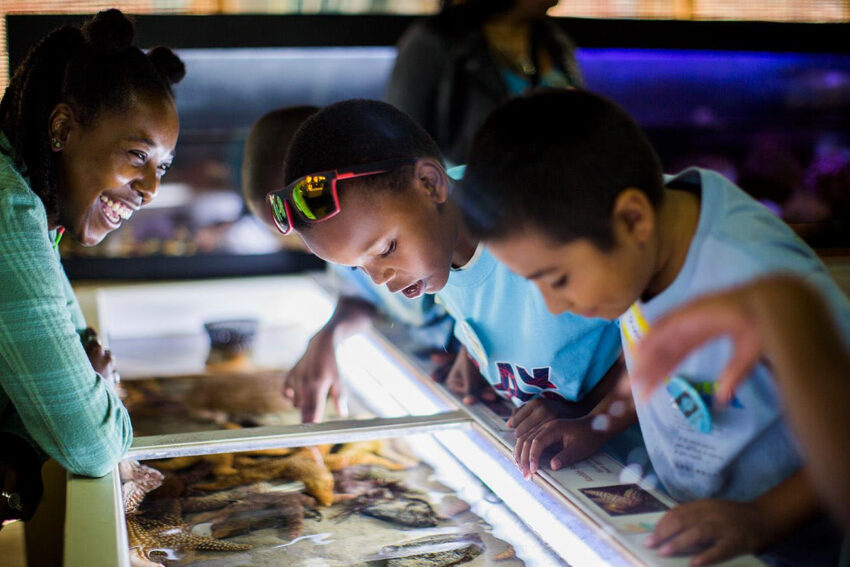Is Water Quality in the L.A. River Impacted by Metals? Supposedly not…
Peter Shellenbarger, Heal the Bay’s Water Resources Manager, weighs in on the Los Angeles Regional Water Quality Control Board’s recent changes to water quality standards for lead and copper in the Los Angeles River Watershed.
May 8, 2015 — The Los Angeles River was once the center of civilization in Los Angeles. Much has changed since then – some good, some bad. Unfortunately, water quality in the river and its many tributaries is an example of the latter. Although water quality has improved over the years, our waterways still need some serious help.
Four Total Maximum Daily Loads (TMDLs)* have been adopted to control metals, trash, nutrients and bacteria pollution in Los Angeles’ major fluvial artery. Earlier last month, the Los Angeles Regional Water Quality Control Board approved revisions to the metals Total Maximum Daily Load, ultimately allowing higher copper and lead concentrations in the watershed. Currently, according to the Board, the watershed is no longer polluted by copper and lead.
We have major concerns with this logic.
Changing a water quality standard is very serious business. Although the TMDL changes adhere to general guidelines established by the US EPA for the entire country, we believe more rigorous analyses are in order. Los Angeles County is the most populous county in the United States, and analyses conducted here should look different than in less developed parts of the country. It is unclear if the Los Angeles Regional Water Quality Control Board agrees.
We have several concerns with the changes to the water quality standards, but they all revolve around two items: representative data collection and analyses. Data collection should be thorough and strategic, and proven over many years of sampling. Data used to base pollution limits should also be representative of the environmental conditions where metals are most harmful to aquatic life. Unfortunately, the data used to support the board’s decision had a number of identified data gaps, yet it was still used to make the conclusion that more copper is okay for aquatic life in the Los Angeles River.
Heal the Bay believes it was premature to adopt these changes. It’s hard to believe that aquatic life is no longer being impacted by metals in the Los Angeles River when little has been done to reduce metals pollution, and the justification for changing the metals TMDL relies on such limited, incomplete data. Luckily, the State Water Resources Control Board and the US EPA still need to approve the changes, so we’ll be donning our science hats and advocacy sticks in the coming months to set up meetings and submit formal comments to these agencies expressing our concerns.
We hope they agree that the Los Angeles River needs more help.
*If you don’t know what a Total Maximum Daily Load is, it’s a kind of regulatory guidance that establishes a road map for what kind and how much pollution can enter waterways without impacting their many uses.
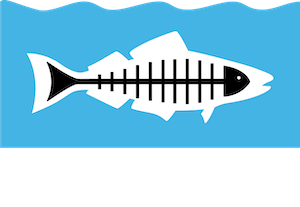
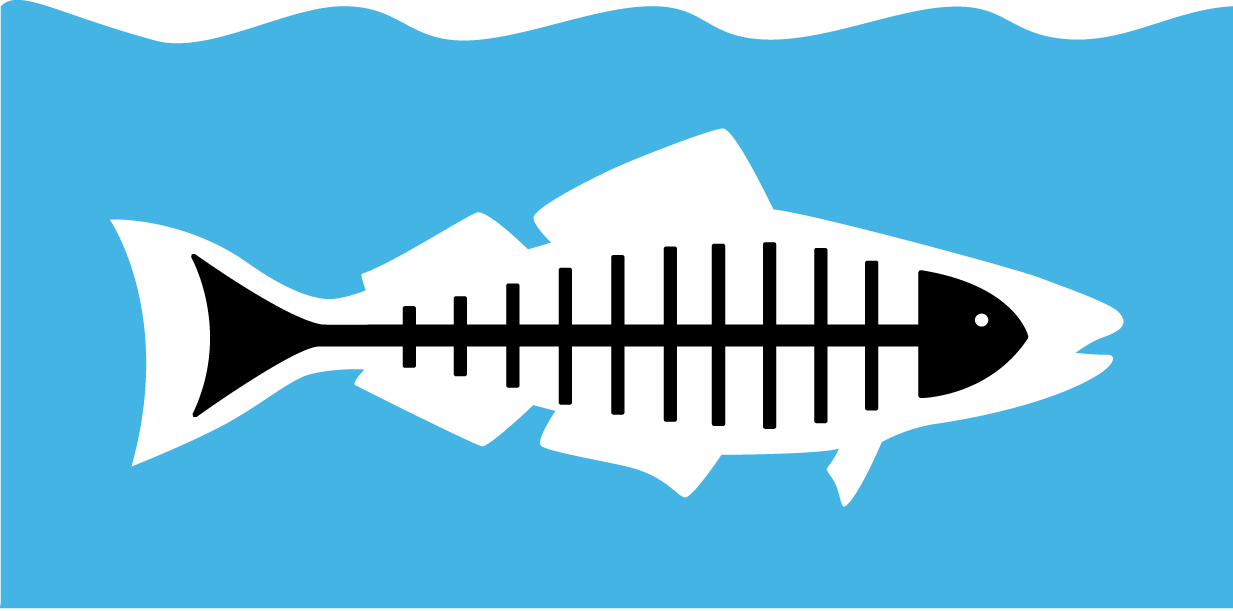

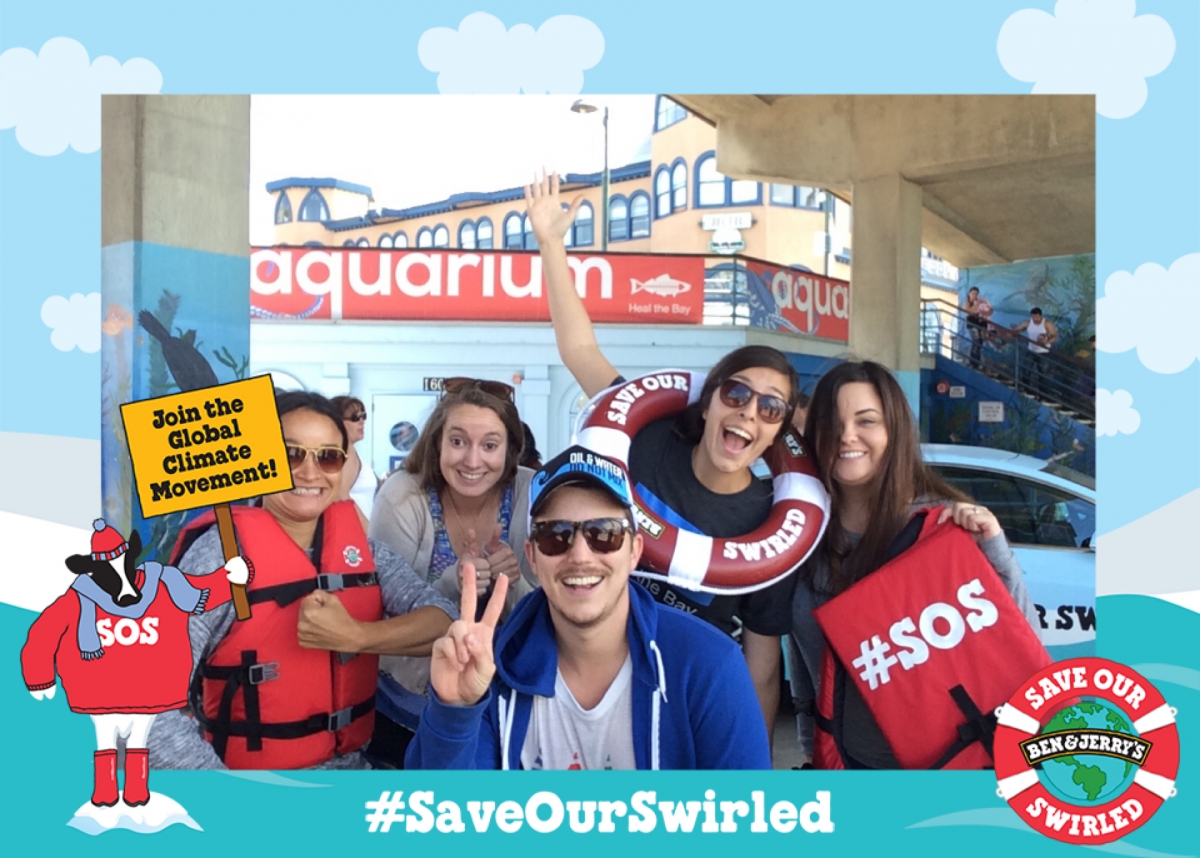
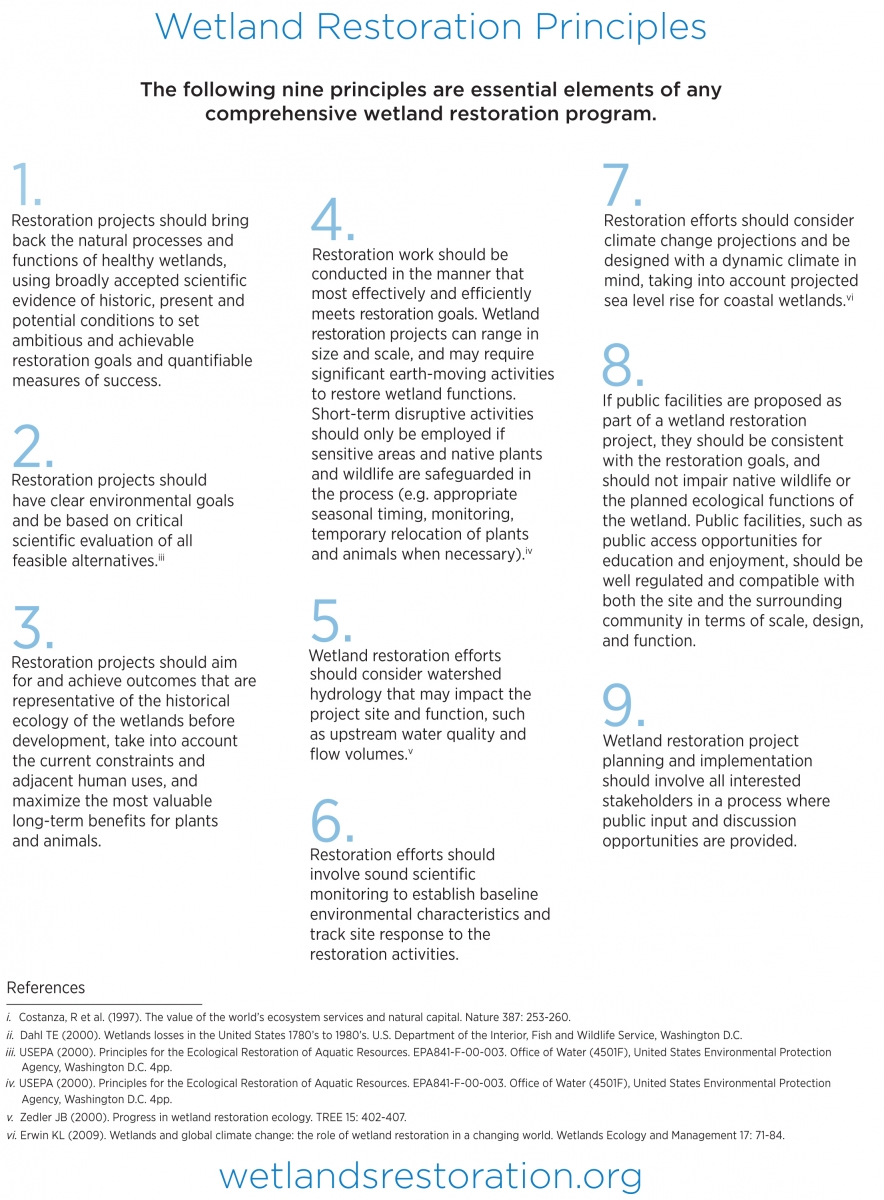
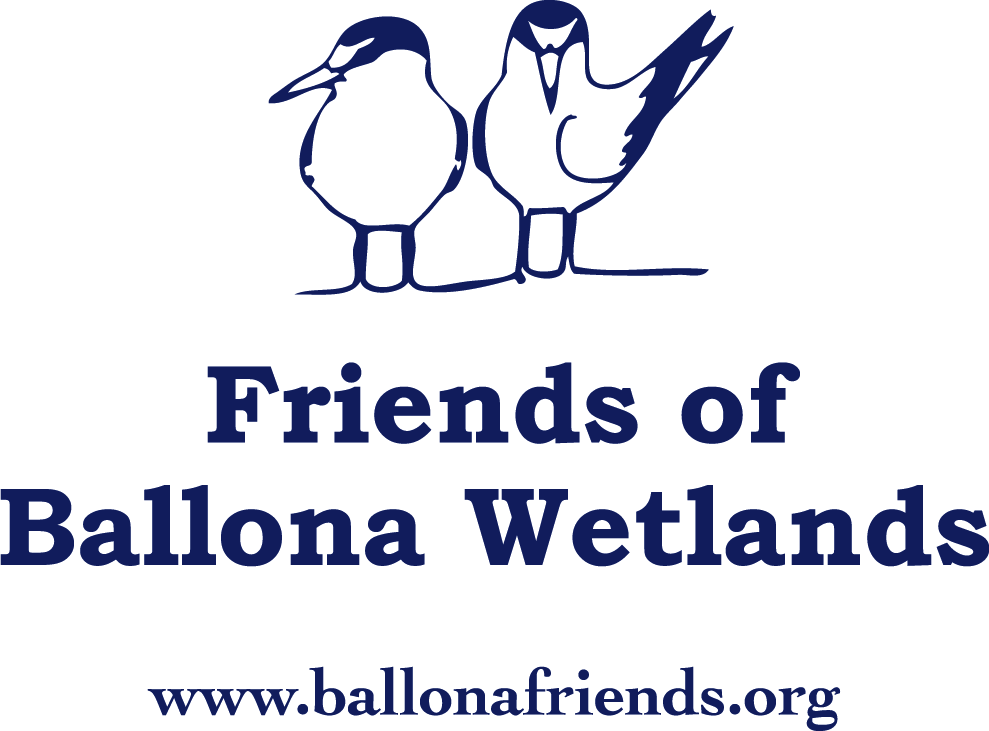
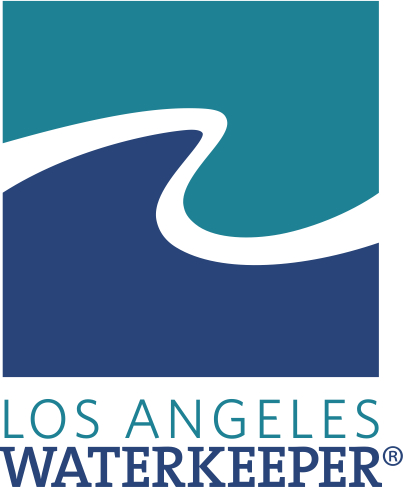
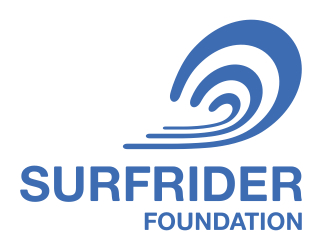

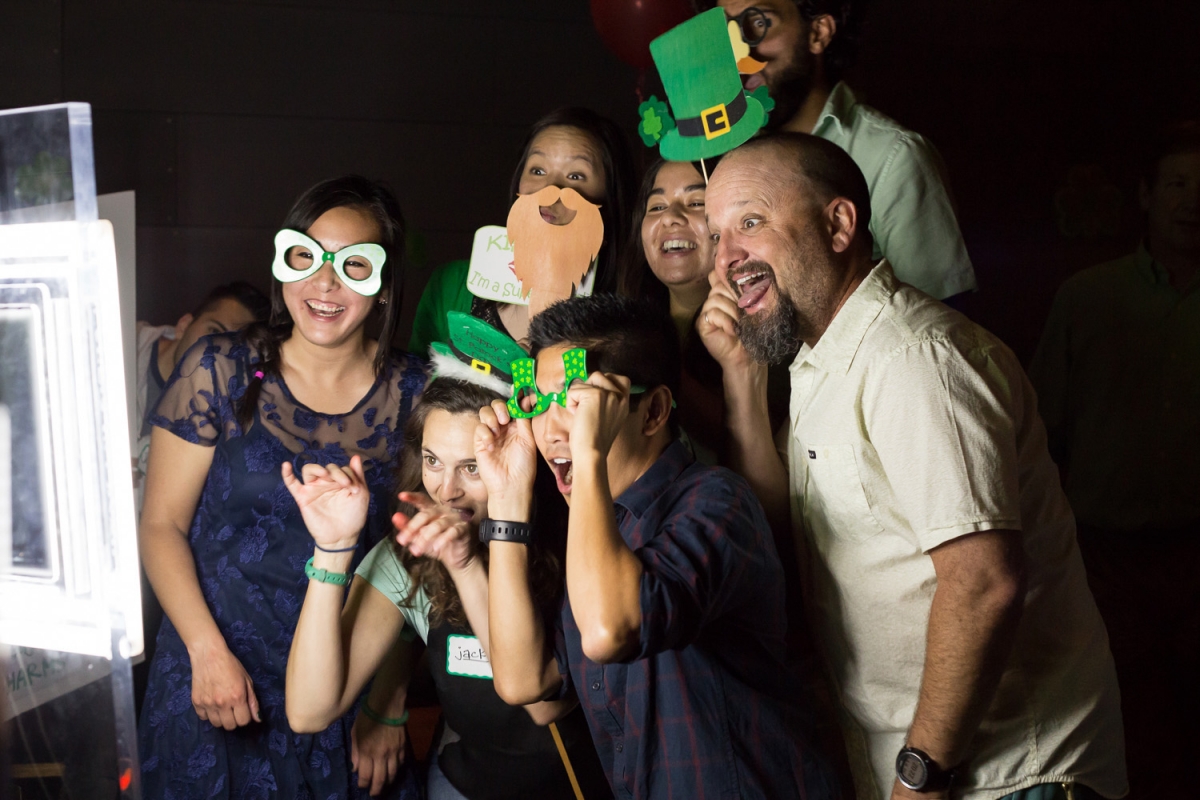
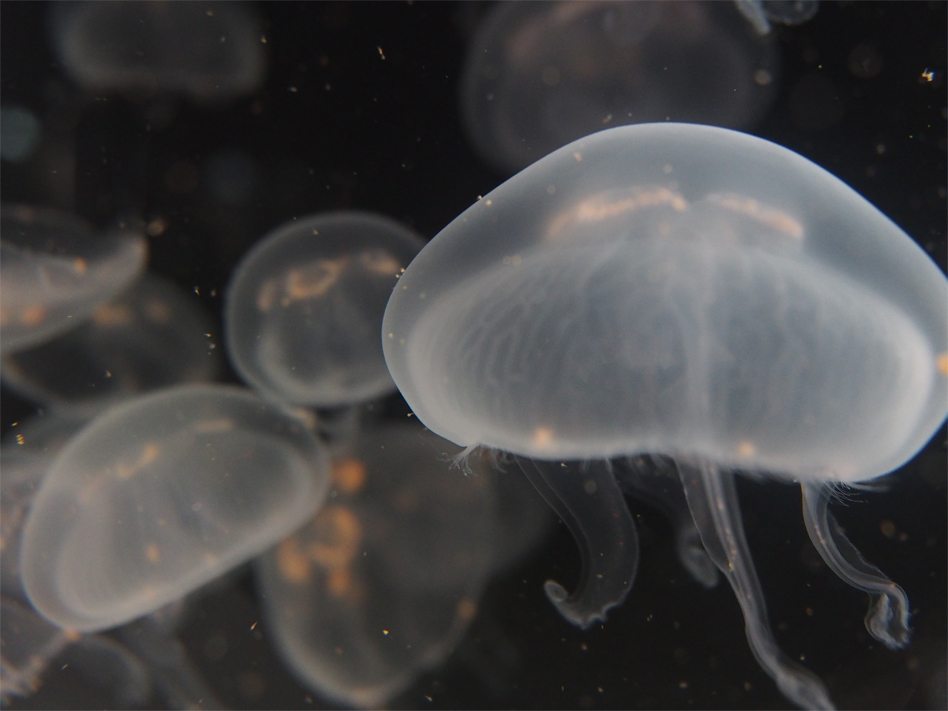
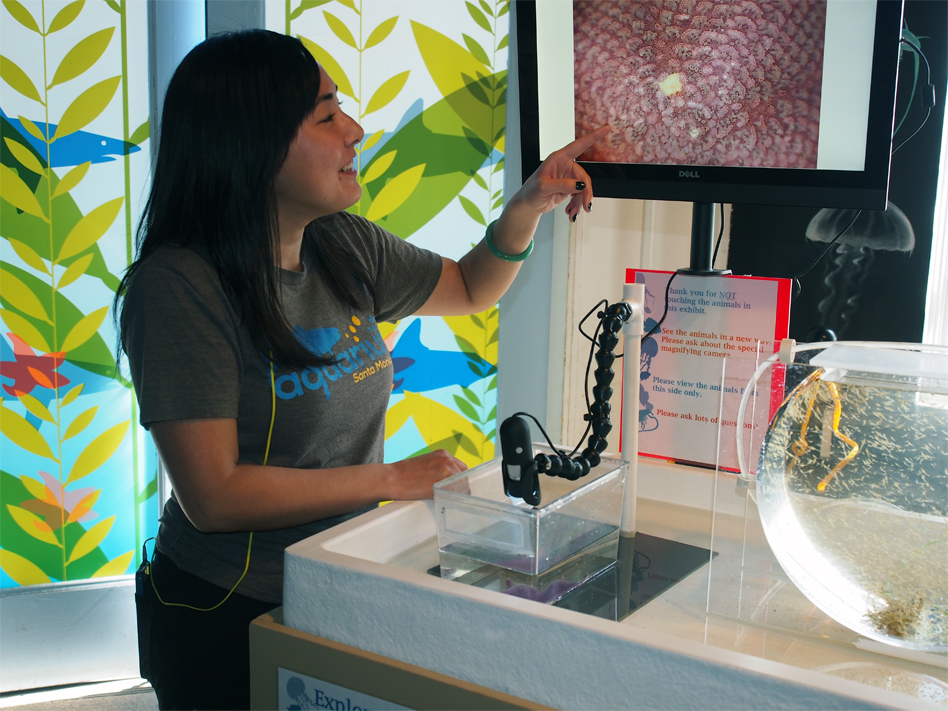
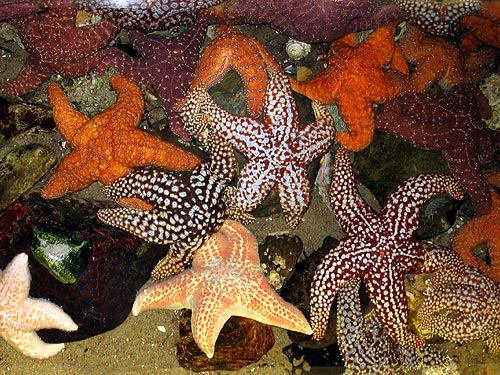 While it may be the fish that draw most of the attention, it is the Santa Monica Pier Aquarium’s dedicated team of aquarists and volunteers that really make this place special. In addition to maintaining exhibits and informing visitors about marine life, they share a passion for helping protect the ocean by stressing the importance of environmental stewardship. José says his love for working with animals and his staff at the Aquarium is the most exciting thing about his job, his enthusiasm for which is apparent to anyone in his presence.
While it may be the fish that draw most of the attention, it is the Santa Monica Pier Aquarium’s dedicated team of aquarists and volunteers that really make this place special. In addition to maintaining exhibits and informing visitors about marine life, they share a passion for helping protect the ocean by stressing the importance of environmental stewardship. José says his love for working with animals and his staff at the Aquarium is the most exciting thing about his job, his enthusiasm for which is apparent to anyone in his presence. 